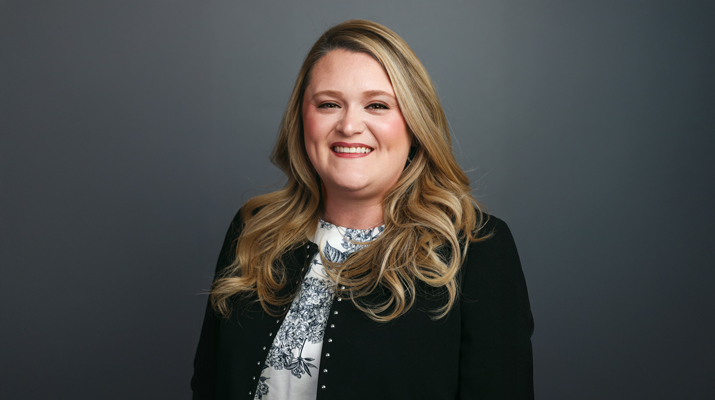Stay up to date on safety tech
Whether you are attending an industry event or trade show, reading a publication or using the internet, electronic communication is everywhere. What role does such technology play in promoting safety in the propane industry?
Consumers

Today’s apps can enhance safety for propane customers, propane marketers and employees. Photo: Geber86/E+/Getty Images
A variety of apps provide diagnostic information and allow users to ensure that appliances are operating safely and efficiently. The consumer can even schedule a professional for routine maintenance or service through these apps.
This same technology can alert the appliance technician of problems remotely, which can reduce the time to diagnose during service and ensure that the right parts, as well as the appropriately qualified technician, are dispatched.
Carbon monoxide detectors mitigate combustion dangers and smoke detectors provide fire protection, both of which can alert the user through apps.
Tank monitors can alert customers and their marketers when tank levels become low through apps, preventing interruptions of service. There is even emerging technology that monitors gas usage through apps. This technology will allow customers to monitor their usage in a way similar to other energy sources such as electricity or natural gas. It also allows marketers to monitor usage, alerting for issues like excessive usage or no usage, and to shut off gas flow remotely in emergency situations. Such real-time data provides a safer customer experience.
Propane marketers
Technology not only allows propane marketers to improve safety for propane users but also for employees.
Using technology to increase the efficiency of deliveries, service and maintenance reduces a company’s risk and liability. In addition, technology gives the marketer the ability to track and monitor both equipment and employees. I have written before on the differences between compliance, education, training and safety. But using technology to give real-time information on compliance, education and training helps employees make safe choices.
Technology also allows us to be with employees who work alone, not just for their safety and security but also for employees’ peace of mind, enabling them to defend their actions during an accident or customer complaint.
Mounted cameras in a vehicle, for example, are used to identify good and bad driving techniques. The cameras also educate the employer and driver on the distractions that are out there today.
Employees might be checking a text message, email or alert, or they might be eating a sandwich, taking a drink of coffee or worrying about a personal concern.
The point is there are a multitude of potential distractions that can lead to incidents or accidents. Technology can encourage us to take safer actions by making us aware of our daily routines and behaviors.
Apps can also alert both employers and drivers to issues that can affect a commercial driver’s license. The Federal Motor Carrier Safety Administration uses technology to monitor and alert carriers and drivers on things that can affect their Compliance, Safety, Accountability (CSA) information. There are also many options when it comes to intelligent compliance programs, which provide data to facilitate moving from reactive behaviors – i.e., just meeting the minimum standards – to proactive ones. Being proactive about safety leads to more productivity, efficiency and profitability for the marketer.
Technology can help us consistently challenge our daily activities and routines to ensure we do not overlook safety. We are only safe when we choose to make safety what we do.
Randy Warner is product safety manager for Cavagna North America.
NOTE: The opinions and viewpoints expressed herein are solely the author’s and should in no way be interpreted as those of LP Gas magazine or any of its staff members.
















